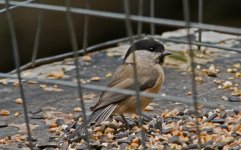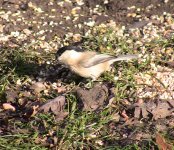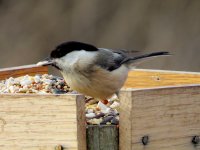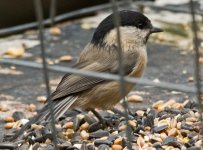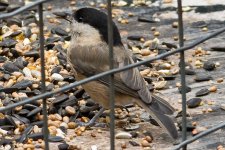VoluntaryRanger
Well-known member
Saw this bird at Pennington Flash near Wigan back in August. It has a pale wing panel and bullnecked appearance but I understand this is no longer a good diagnostic for Willow Tit.Can anyone throw any light on it. Pennington is a good spot for Willows but I understand they get occasional Marsh Tits.




